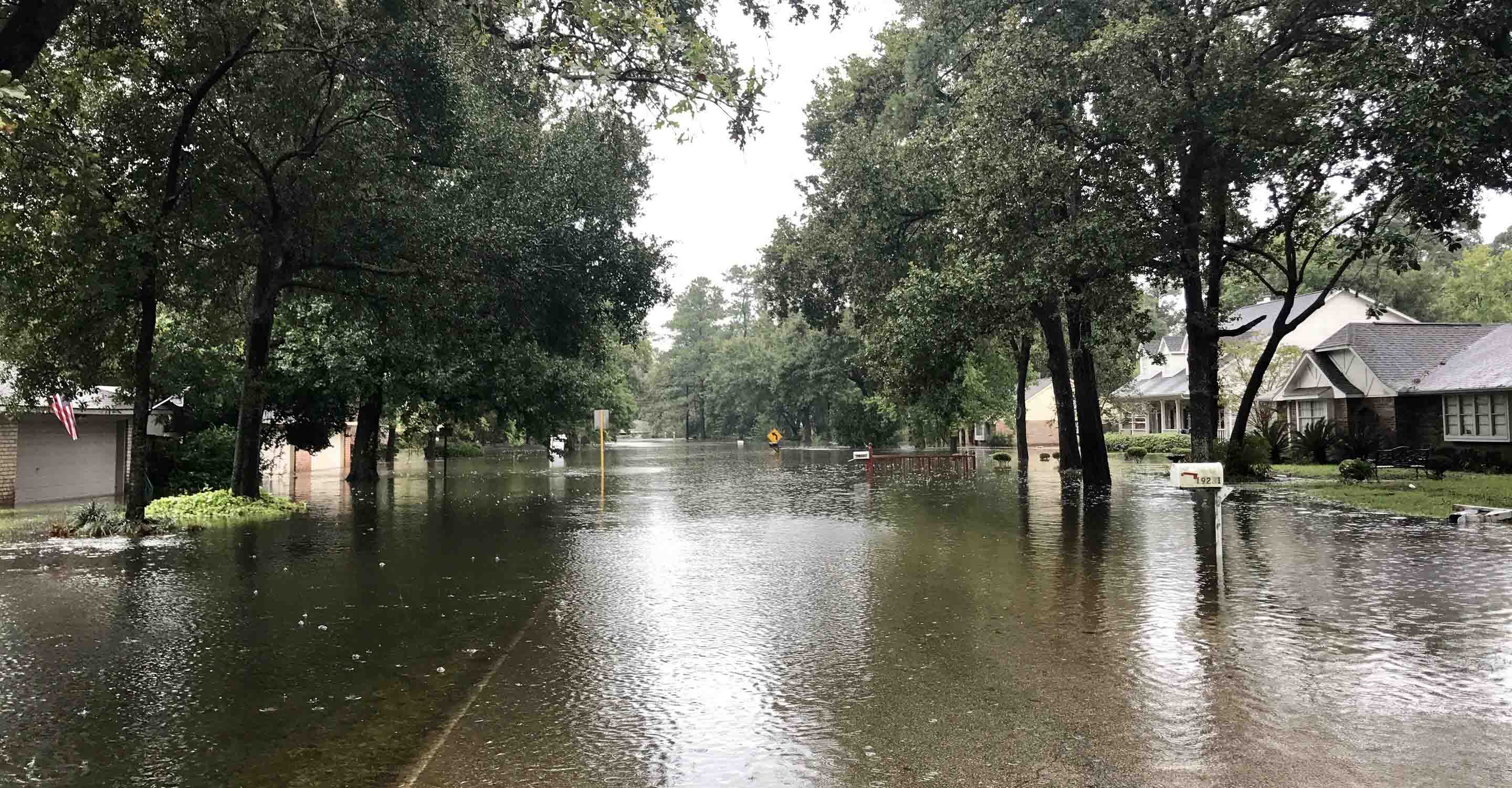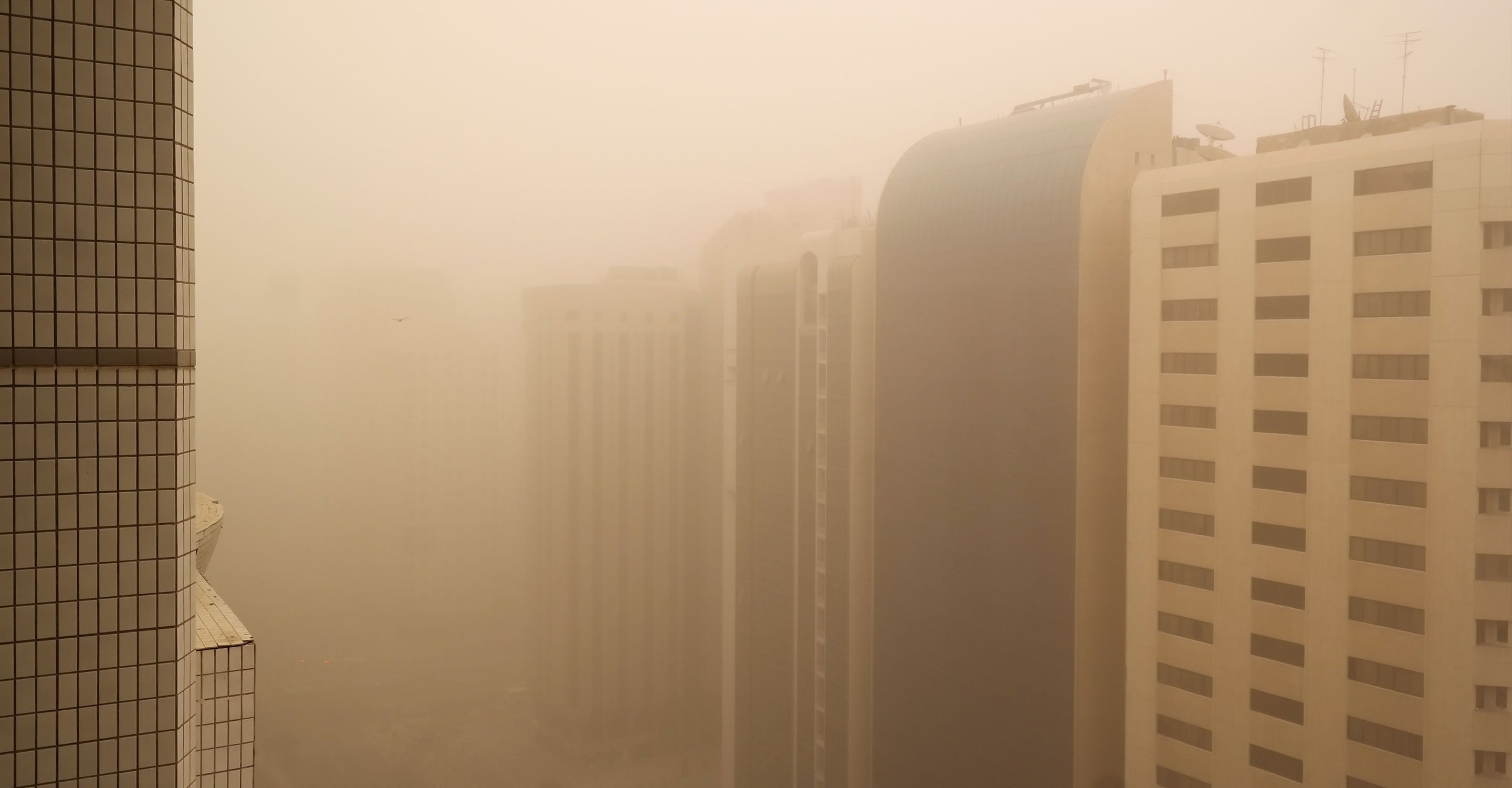Juarez air quality map
Live air pollution map of Juarez
1.5K people follow this city
Full screen
Contributors category
0
Government
0
Educational
0
Non-profit organization
0
Corporate
0
Individual
0
Anonymous
Station(s) operated by

*IQAir’s AQI data modeled using satellite data. Learn more
Health Recommendations
| Enjoy outdoor activities | |
| Open your windows to bring clean, fresh air indoors GET A MONITOR |
Juarez does not have air sensor data
Be the first to measure and contribute air quality data to your community.
Understand air pollution and protect yourself
Juarez MAP AIR QUALITY ANALYSIS AND STATISTICS
What type of information about air pollution can be found on the air quality map for Juarez?
There is a wealth of interesting information about air pollution and it is very easy to access by using the air pollution map for Juarez as a link. Once selected, a new set of pages will open which is filled with all the latest news about air quality in that region.
When the opening page is first seen, the viewer will notice the overall colouration of the map. This colour is a direct indication of the present state of the air. Colours can range from pale green to dark maroon and are used as a standard across the entire IQAir website. The darker colours represent worsening air quality. The colour of the map at the time of writing was green which indicates “Good” air quality. The legend at the bottom of the map fully explains the meaning of the various colours used.
There are also some coloured discs scattered across the map which represent the sites of the ground-level air monitoring stations although they may not all be under the control of the city. They each display a number at their centre which is the United States Air Quality Index reading or US AQI for short. This figure is calculated by measuring the levels of up to six of the most commonly occurring pollutants found in the city air. These are nearly always both sizes of Particulate Matter (PM2.5 and PM10), ozone, nitrogen dioxide, sulphur dioxide and carbon monoxide. If the discs are overlapping each other and difficult to see, the map can be slightly expanded which should separate them and make them easier to see.
Each of the sites can be explored further by selecting the appropriate disc. This will give access to all the latest information about air quality for that specific area. This is very beneficial when travelling through different parts of the area.
Once this figure has been determined, it is used as a metric when making comparisons between different cities across the globe. It has the full backing of the World Health Organisation (WHO).
Looking back at the main city page it can be seen in the coloured banner across the top that during May 2023, Juarez was enjoying a period of “Good” air quality with a US AQI reading of 14. The green coloured background of the banner also reflects this quality. The main pollutant was found to be PM2.5 with a recorded level of 3.5 µg/m³ (microns per cubic metre) which is well below the target figure of 5 µg/m³ as recommended by the WHO.
Below the air pollution map for Juarez can be seen the number of contributors there are that collect and collate the data from the monitoring stations. At the time of writing in May 2023, there were two contributors who both preferred to remain anonymous.
Does the air pollution map for Juarez hold much more interesting information about air quality in the region?
There are many interesting facts and figures about air quality on the air pollution map for Juarez. The pages are best viewed in “Full-screen” mode which is accessible by selecting the icon at the top right-hand side of the opening page.
A list of four options will be seen on the left-hand side of the screen when viewed at maximum size. These options can all be turned on and off individually which will give a good idea of the effects they each have on the map.
The first option reveals the location of all the ground-level air monitoring stations there are in the area.
The second option shows the positions of any wildfires there are that might be burning out of control in the area. In May 2023 there were a lot of fires raging to the west of Juarez and this is when option four needs to be looked at because it shows the speed and direction of the prevailing winds and shows where the smoke from the fires will blow. The closest active fire is just over eleven kilometres away.
Option three changes the background colour of the map to reflect the current air quality. When the quality is “Good” the colour will be pale and not too obtrusive, however, when the quality is poor and the colours are dark, it might be distracting. If so, the option can be disabled and the map will revert to a more acceptable paler hue.
On the right-hand side of the page can be found a table which ranks the top seven most polluted cities in the world according to their US AQI readings. There is a more comprehensive list too, which shows all the world’s participating cities in descending order.
There is also a section below the air pollution map for Juarez that shows the most polluted air quality stations in the vicinity. Currently, the most polluted area of the city is around the station at De la Brisa which shows a US AQI reading of 25 which is classified as being “Good”.
The most popular stations are also shown according to the number of regular followers they each have. The station at Valle de Las Penas currently holds this title with thirteen followers.
Is the source of the polluted air shown on the air quality map for Juarez?
The source of the polluted air is not shown directly on the air quality map for Juarez but it is proven that vehicles are the main source of emissions, followed by industry, households and emissions from natural (biogenic) sources.
Primary pollutants come directly from emission sources such as lead, carbon monoxide, sulphur oxides, nitrogen oxides, hydrocarbons and particulate matter. Secondary pollutants are formed in the air by the interaction between two or more primary pollutants or by their reactions with other components of the atmosphere; as in the cases of ozone, peroxyacetyl-nitrate, sulphates, nitrates, as well as sulfuric acid.
PM10 and PM2.5 are often quoted on the air pollution map for Juarez, but how damaging are they?
Particulate matter contains microscopic solids and liquid droplets that are so small that they can be inhaled and cause serious health problems. Particles smaller than 10 micrometres in diameter pose the biggest problems, as they can reach deep into the lungs, and some can even reach the bloodstream.








